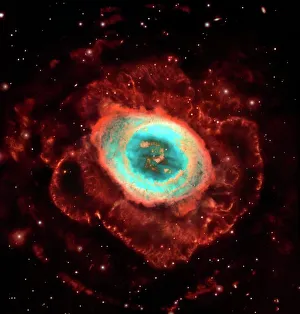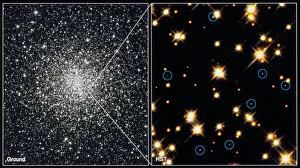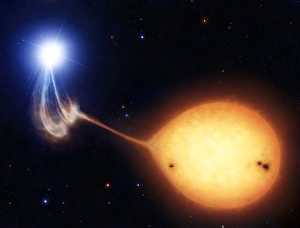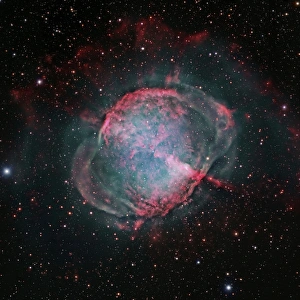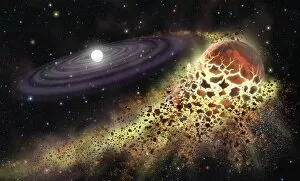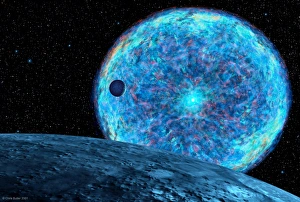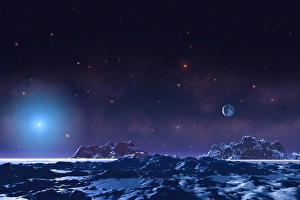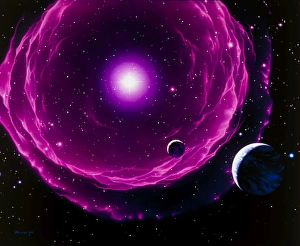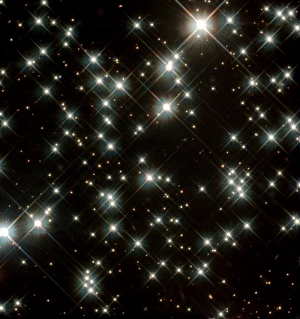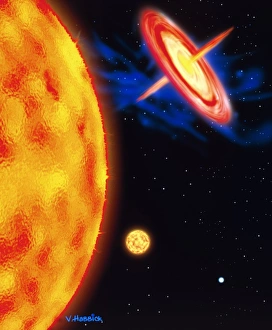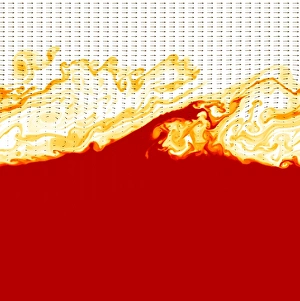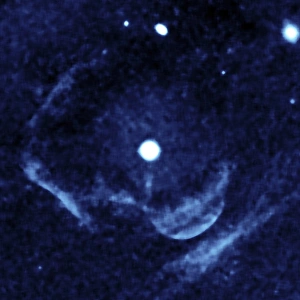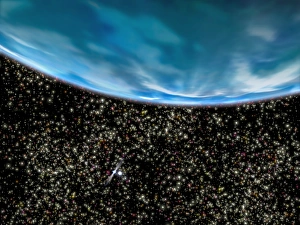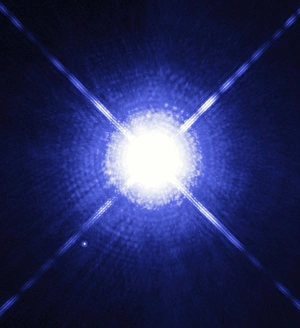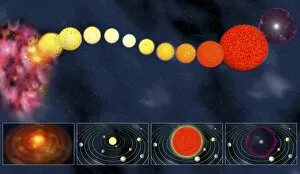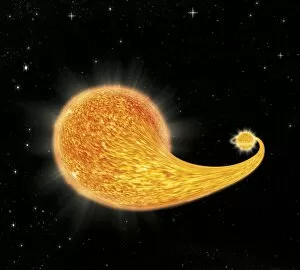White Dwarf Collection
"Exploring the Enigmatic White Dwarf: A Journey through Stellar Phenomena" In the vast expanse of our universe
All Professionally Made to Order for Quick Shipping
"Exploring the Enigmatic White Dwarf: A Journey through Stellar Phenomena" In the vast expanse of our universe, white dwarfs stand as captivating celestial objects that continue to intrigue astronomers and stargazers alike. From the mesmerizing Ring Nebula M57 captured by Hubble's C017 / 3725 image to the stunning presence stars in Globular Cluster M4H Bond (STSCI), these remnants of once-massive stars hold secrets waiting to be unraveled. The enigma deepens with an artwork depicting an AM Herculis binary star, showcasing the intricate dance between two stellar companions locked in a gravitational embrace. Cataclysmic variable star systems, like those depicted in C017 / 0753 and other artworks, present us with explosive displays of energy as matter from a companion star spirals towards its white dwarf partner. As we delve further into this cosmic exploration, we encounter another artwork portraying a planet destroyed by a white dwarf (C015 / 0781). Such cataclysmic events highlight the immense power wielded by these compact stellar remnants. Yet again, we witness another catastrophic scene where a planet meets its demise at the hands of a white dwarf (C015 / 0782). Continuing our journey through artistic renditions, we come across depictions of cataclysmic variable star systems – captivating illustrations that bring forth their dynamic nature and unpredictable behavior. These artworks serve as windows into worlds where chaos reigns supreme. Amidst this celestial tapestry lies an array of different star types showcased through various artworks. Each one tells its own story - from massive giants illuminating distant galaxies to tiny yet powerful white dwarfs silently marking their place among countless others. Finally, our expedition concludes with Hubble's composite image C016 / 3864 capturing the ethereal beauty of Helix Nebula - an awe-inspiring testament to both life cycles of stars and the transformative power of white dwarfs.

